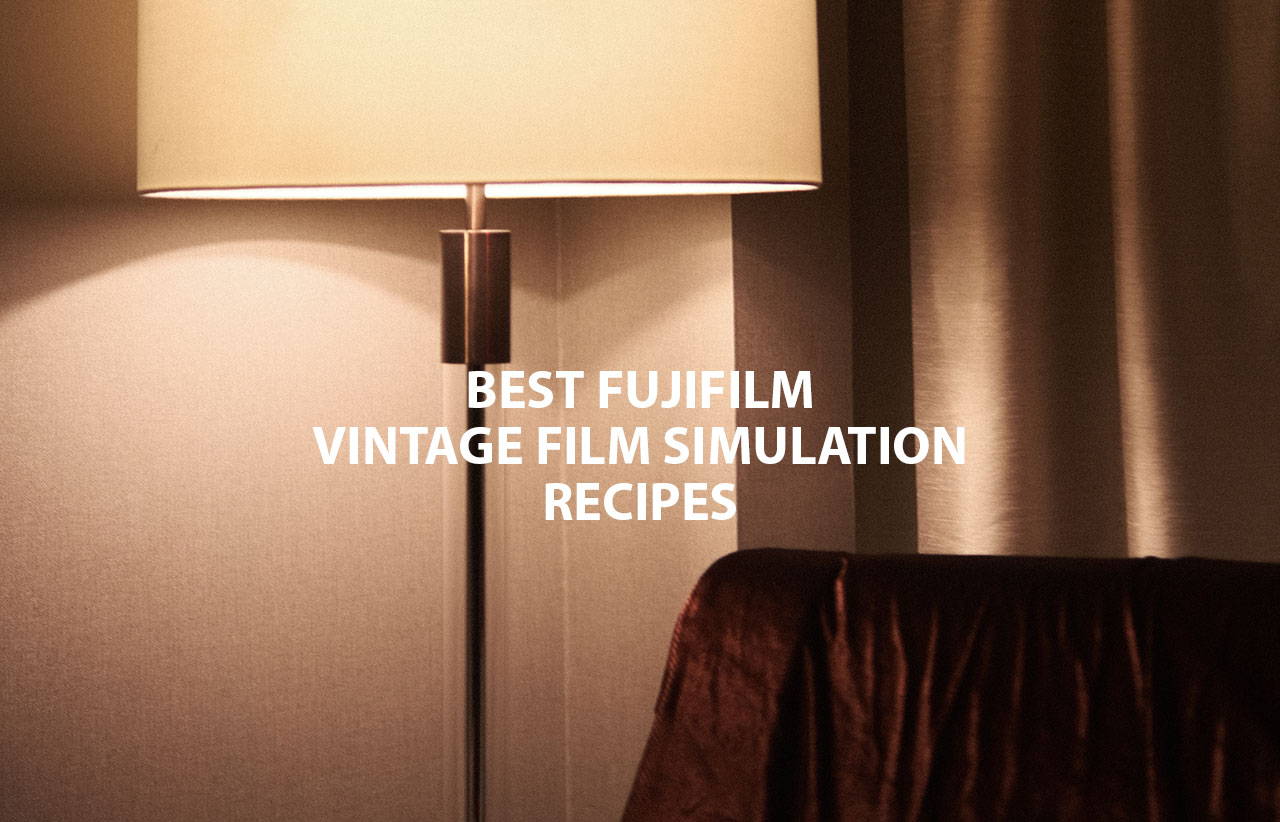Because of the unique colour of Fuji’s SOOC vintage film simulations, Fujifilm photographers are often impressed with their SOOC photos taken with a Fujifilm mirrorless camera.
Using the custom film simulation recipes setting on Fujifilm mirrorless cameras, every shot is straight out of the camera (SOOC), requiring less post-processing and editing. This post is all about the best Fujifilm vintage film simulation recipes to store on your Fuji camera.
As for myself, I’m using the Fujifilm X-T30 and am quite happy with the preset and custom film simulations stored in my camera. I have at least 7 film simulation recipes stored and I can quickly access them through the Q button. In this post, I’m going to reveal the best vintage custom film recipes I’ve used.
Which one is the best Fujifilm vintage film recipe?
The things I like about Fuji film simulations because there is no editing required and photos taken can easily achieve the classic film look, a grainy and dreamy photography effect. There are film simulations preset in the camera while if you need a custom recipe, it can be manually set into the camera.
The best SOOC film simulation recipes I’m about to reveal below are quite popular with Fuji shooters. The vintage recipes are great for portraits, street, landscape, and low light photography use.
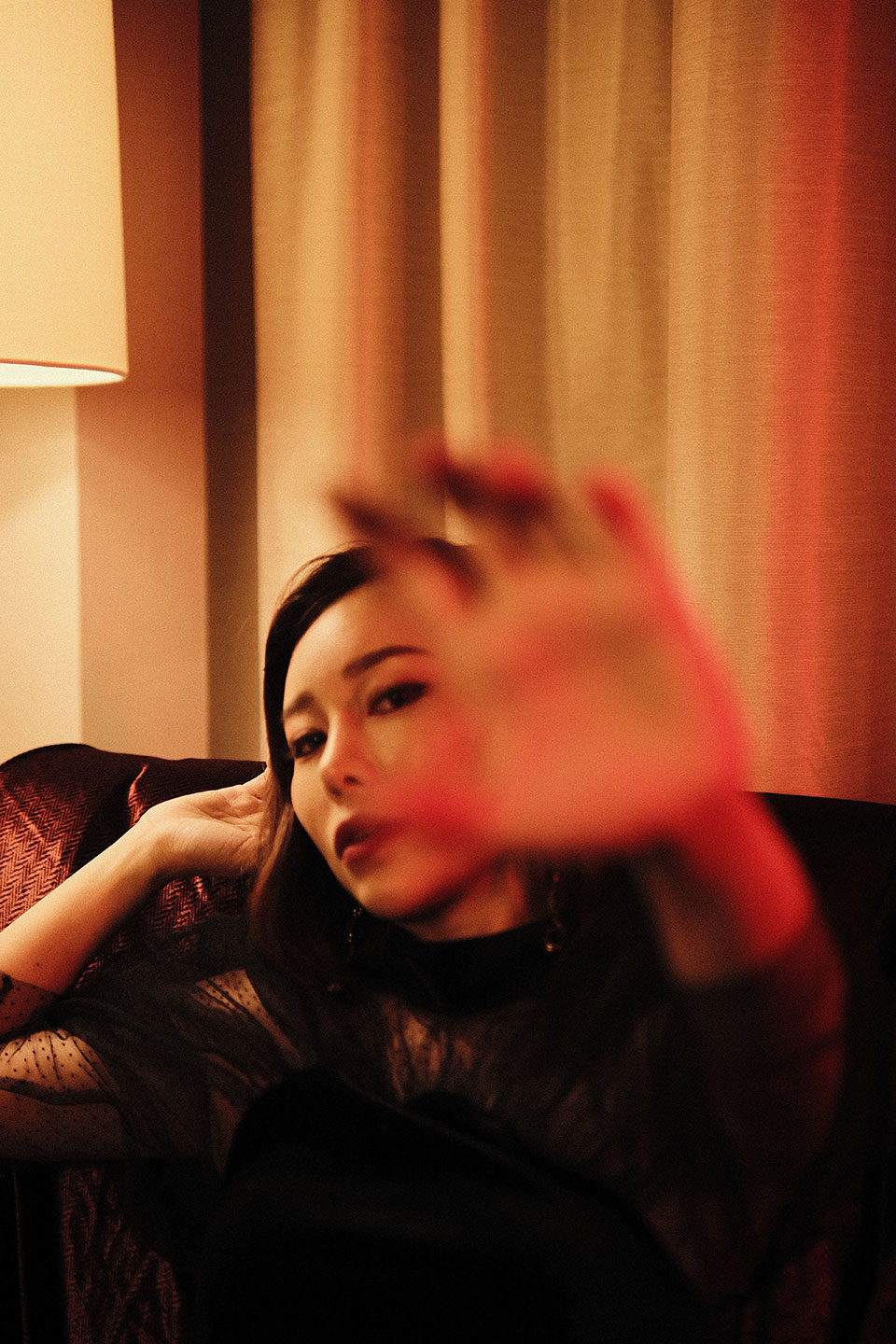
If you are more of a portrait or Instagram photographer, feel free to experiment with the Kodak Portra 400 recipe setting because the vintage still images result can be mesmerizing. A photographer who enjoys street and night photography can experiment with the CineStill 800T recipe. Let’s get into the core of the topic, and here’s a list of the best SOOC film simulations for Fujifilm photographers.
Kodak Portra 400 Film Recipe
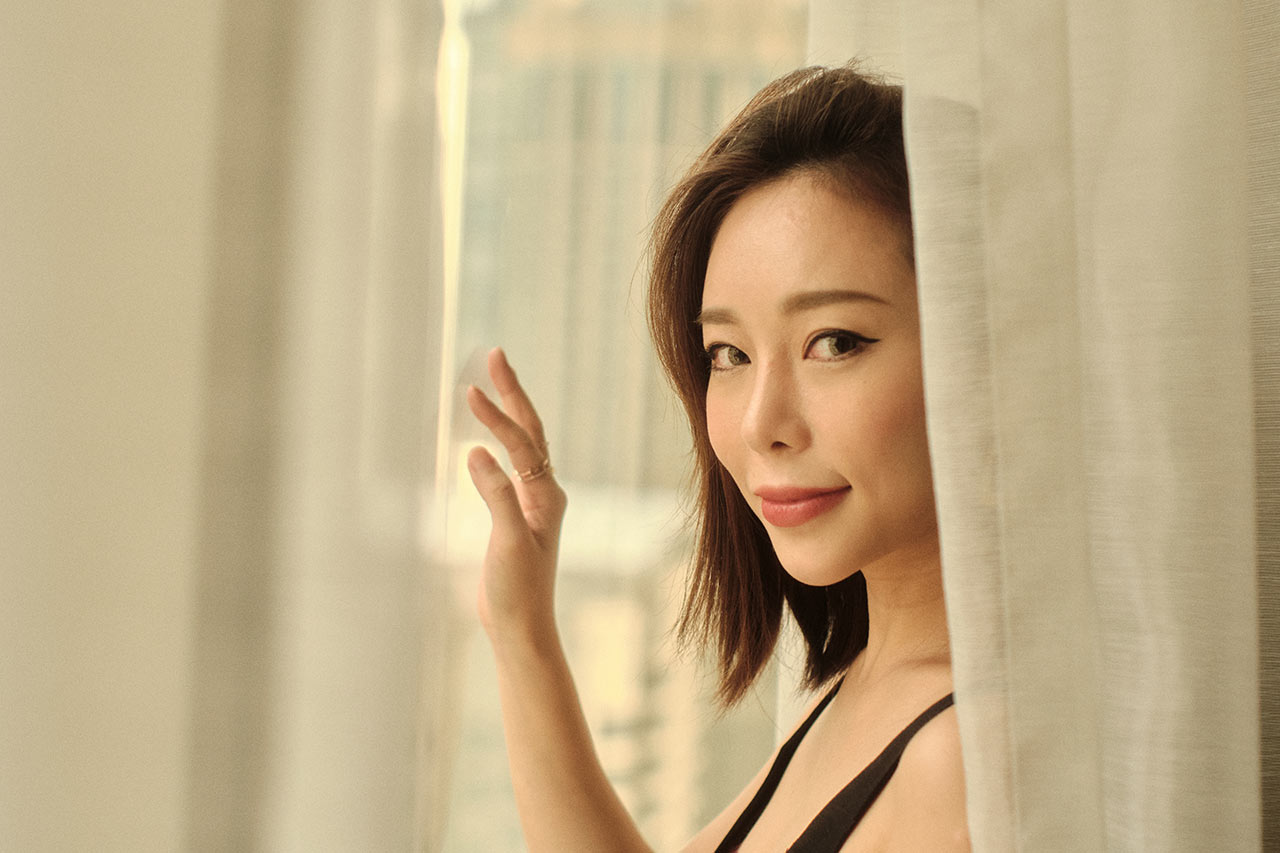
If you’re on Instagram and saw those nice vintage portrait photos taken with Kodak Portra 400 film and want to get a similar result without a film camera, try Fujifilm’s custom Kodak Portra 400 recipe.
Ritchie Roesch, the author of FujiXWeekly, created this custom film simulation recipe, which has become one of the most popular SOOC simulation recipes among Fujifilm photographers.
The Kodak Portra 400 recipe is best suited for portrait photography and street photography during the day, and it works best when combined with the best vintage lens to achieve amazing colour and bokeh.
Make sure you use the correct Fujifilm sensor recipe, which can be found on the FujiXWeekly website. When combined with the M42 vintage lenses, this recipe produces amazing dreamy still images.
Classic Negative Film Recipe
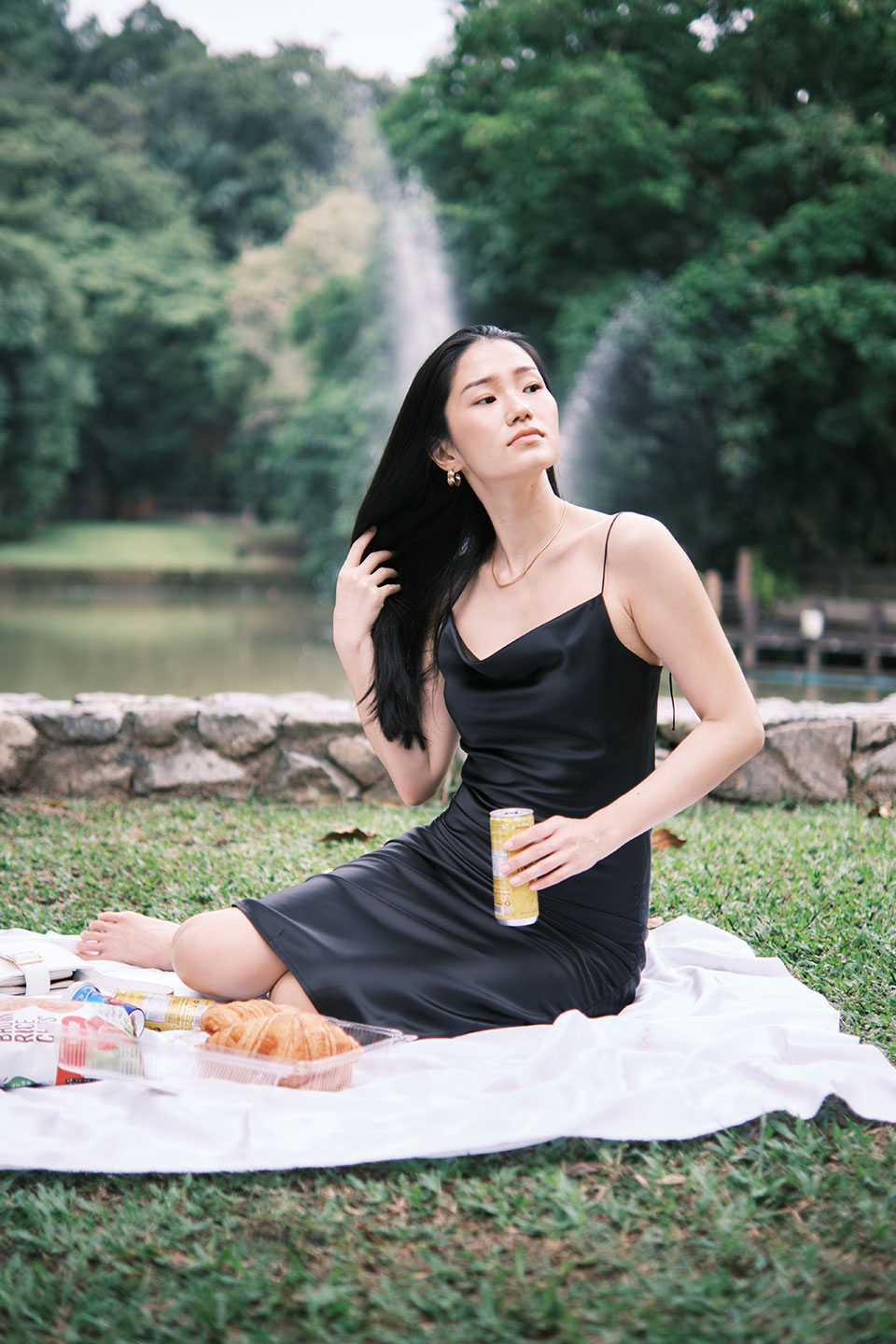
If you have the most recent Fujifilm camera with an X-Trans IV sensor, you can simulate a vintage look with the Classic Negative film simulation. The Classic Negative is ideal for outdoor portrait photography or street photography. If you have an older Fujifilm camera, don’t give up; you can still use Capture One Pro photo editing software to do post-processing and get the Classic Negative film simulation. Recently I have created a custom street portrait film recipe for X-T4 which is suitable for all types of outdoor portrait photography.
CineStill 800T Film Recipe
If you enjoy low-light and nighttime street photography, the CineStill 800T will provide you with stunning cinematic still images. Depending on your creativity, you can use CineStill 800T for a nighttime portrait shoot.
To get a more cinematic glow with the CineStill 800T, get a diffusion filter like the Tiffen Black Pro Mist or Moment CineBloom diffusion filter, or learn how to DIY a diffusion lens filter. For the time being, the CineStill 800T X-Trans IV recipe is only available for the X100V, X-Pro3, X-T4, and X-S10. Fingers crossed that it will be available for other X-Trans in the future.
Noir Film Recipe

If you enjoy black and white photography, save this vintage Noir film simulation recipe in your Fujifilm camera for portrait or street photography. I first came across this Noir while watching YouTube and came across a video created by Omar Gonzales. So, I used it for some street and portrait shoots, and the results are spectacular. The SOOC result gives you a vintage 1960s look. The image above was captured using my X-T30 and the 7artisan 25mm F1.8 lens.
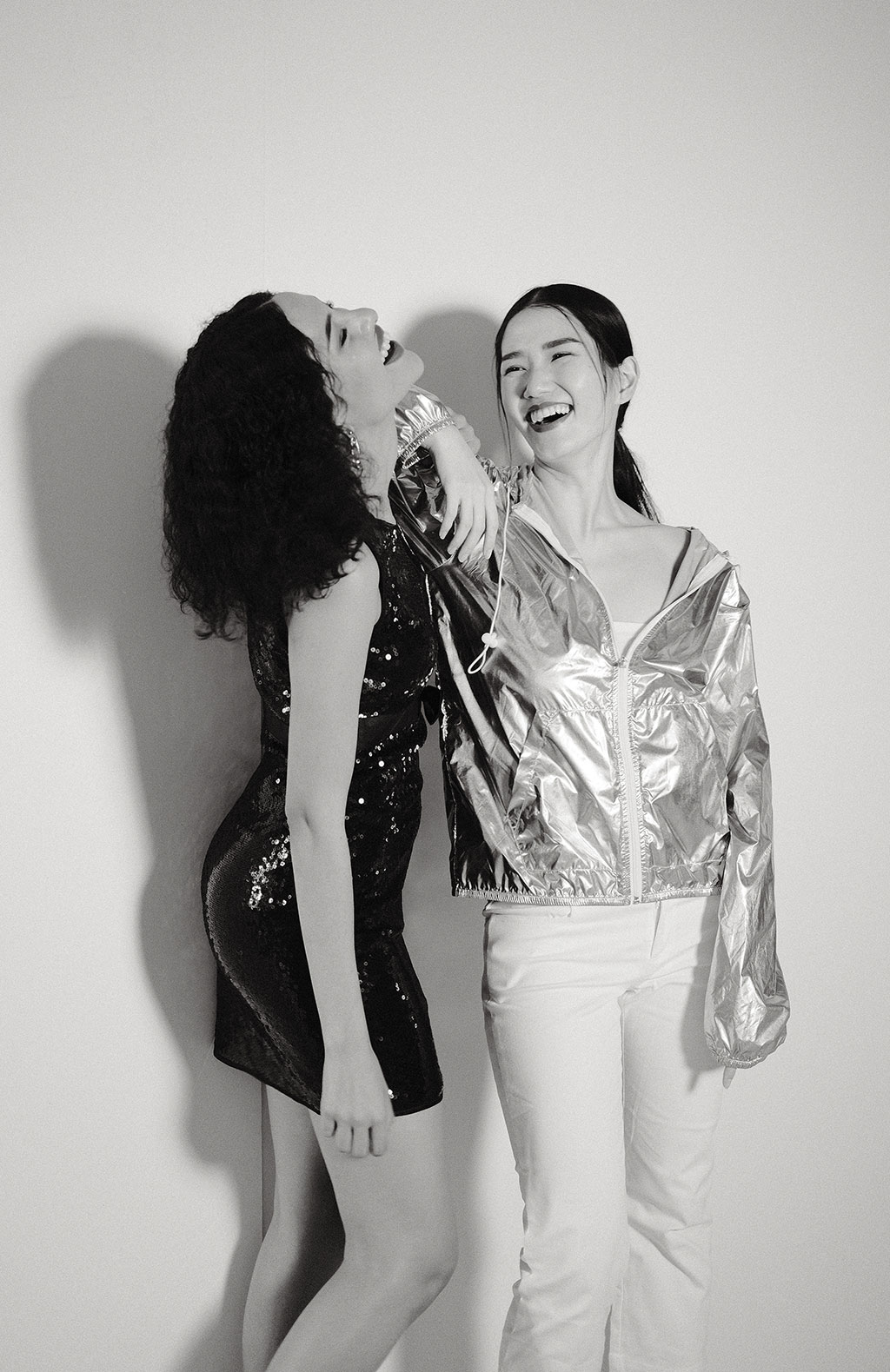
As a personal photographer who likes to explore new things, I also tested the Noir recipe behind the scenes of a portrait shoot in the studio. The photo is taken with the Fuji XF35mm F2 lens. These are some of the recipes currently stored in my camera. Stay tuned for the next post on how to set up a custom recipe on a Fujifilm camera.
- Kodak Portra 400
- Fujifilm Noir
- Cinestill 800T (X-Trans IV recipe for newer Fujifilm camera, not X-T30)
- Polaroid II
- Kodacolor II 126
- Kodachrome 64
Do you have a collection of beautiful photos but don’t know what to do with them? Why not create a printed photo book for your clients, friends, or family? You can have your photos printed in a Premium Layflat Photobook at Photobook Malaysia.
You can also have photos printed for wall decor, frames, calendars, and a variety of other uses! All you have to do is upload your photos, create pages, and design the book content, and you’re done. More vouchers and discounts can be found on their website.
These are some of my favourite Fujifilm vintage film simulation recipes that I’d like to share with Fujifilm mirrorless photographers. You can store up to seven custom film simulation recipes and access them quickly with a one-touch button.
So, what are your thoughts on the custom film recipes? Have you already tried it? If you are shooting streets or landscapes do check out the best landscape film simulations list. Please share your favourite custom film simulation recipes for your Fujifilm camera in the comments section below.


